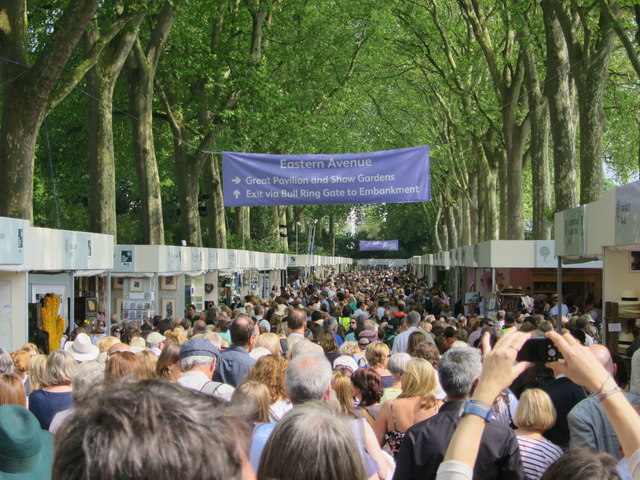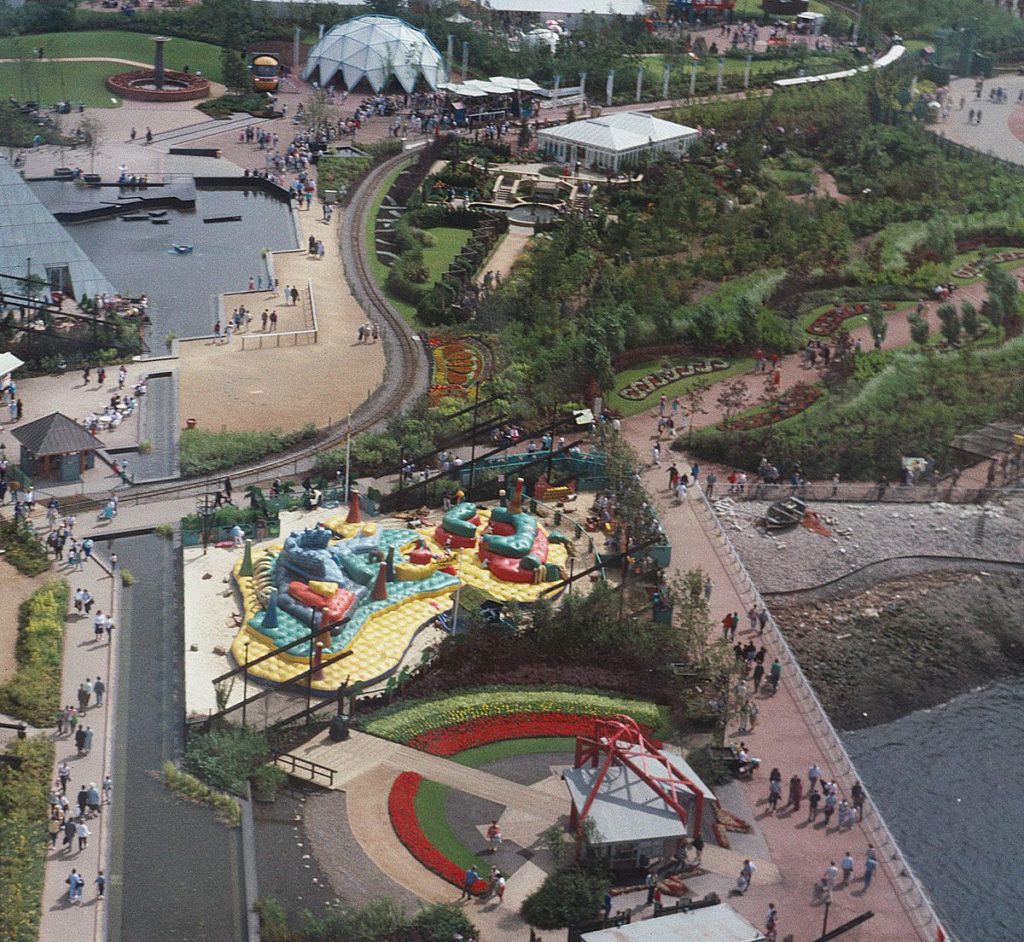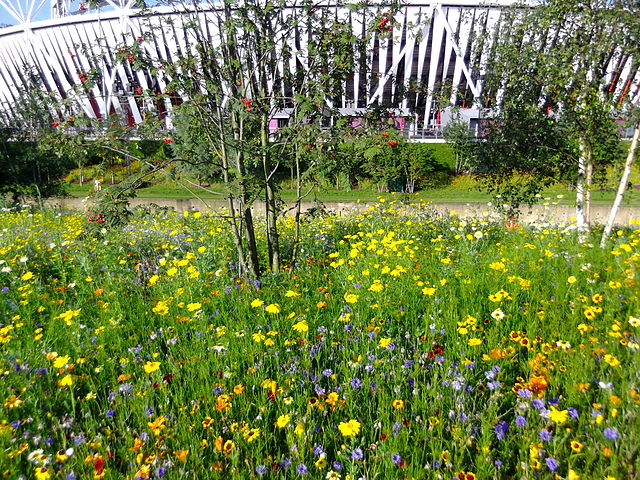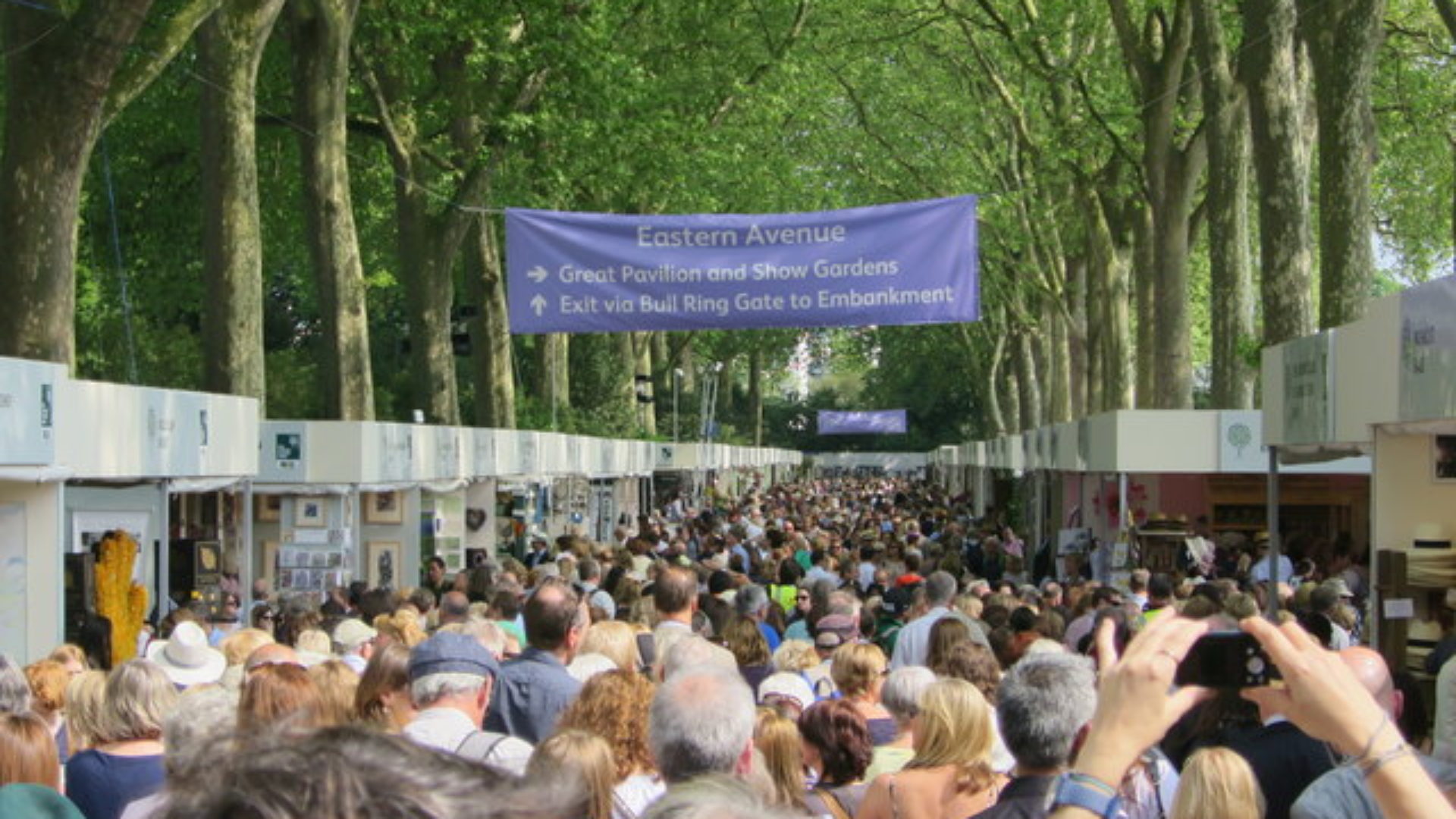
Chelsea is upon us once again: time for some overpriced Pimm’s and a wander down Main Avenue. Some of you might remember I wrote a blog a few years ago about this time of year entitled ‘I don’t want to go to Chelsea’. In it I argued that the excess of Chelsea and its predictability undermined its relevance – and there is some truth in that. Of course, if you take the same time of year and roughly the same sized plots you are going to get similar-ish gardens a lot of the time, although there are still flashes of brilliance. So, what is the point of show gardens? Do they really advance the cause of gardens, or are they no more than a chance for an expensive day out?
I think part of the issue here is that we tend to focus too much on Chelsea. The Other RHS shows are more local and all have slightly different themes. Some aim to be more cutting edge (like Chatsworth), others (like Tatton) explore younger talent. However, they all follow the same basic template – sponsorship, trade stands and short duration. There are of course other models: what of Québec, Singapore or Chaumont. The last is particularly interesting for two reasons, firstly because of its truly cutting-edge nature – it tends to explore themes in a typically left-field way – but also because of its long duration. The exhibits are in place from June to October, so the gardens get a chance to mature and they have to actually function. Chaumont has two other interesting differences: it has an over-arching theme each year, and it fixes quite a low budget for the gardens (although it is not alone in that).
All these shows are essentially temporary – which is of course part of their beauty. The ephemeral nature of show gardens allows a sort of suspension of belief which is both dangerous and alluring. It only has to look wonderful for a week. In the early 80s, whilst on a foreign study tour, I visited Luisenpark in Mannheim, Germany. This had been the site of the Bundesgartenschau (People’s Garden Show) a few years earlier. This had transformed the space and left a permanent legacy. This model had obviously also impressed Heseltine, who used it for the Liverpool Garden Festival in 1984, repeating it in Stoke, Glasgow, Gateshead and Ebbw Vale.

The intention here was for the festivals to be transformative and to leave a permanent legacy, although this had mixed success. Each one was also a huge celebration of landscape and gardens, much in the way flower shows are.

Twenty years later, the 2012 Olympics had a similar aim, with much more success. It was genuinely transformative and the legacy in landscape terms is of a high quality, much of which due to the drive and vision of John Hopkins who was the project director. The work of many landscape professionals: designers, scientists, contractors and suppliers produced landscape of both beauty and durability. However, its aim was not of course principally a landscape one.
Perhaps there is then a chance to restart the garden festival idea in the UK? Interest in gardens has grown significantly since the 1980s and 90s, as has the expertise available. The garden festivals ran out of steam for several reasons, partly political, but not least because of the recession of the early 90s. Every two years was also too ambitious – the Floriade in Holland is held every ten years. The example of the Olympics shows what the industry can achieve – surely now is the time to float the idea of garden festival in the UK? The RHS has significant muscle and experience. If it joined forces with the trade and professional organisations such as the Landscape Institute, BALI and the SGD, the combined influence would be difficult to resist. And at a time when we need to generate some international interest, what could be better?
So what are we waiting for?
[This piece was originally published as an article in the Garden Design Journal in May 2019 as part of the ‘Just Saying’ series

